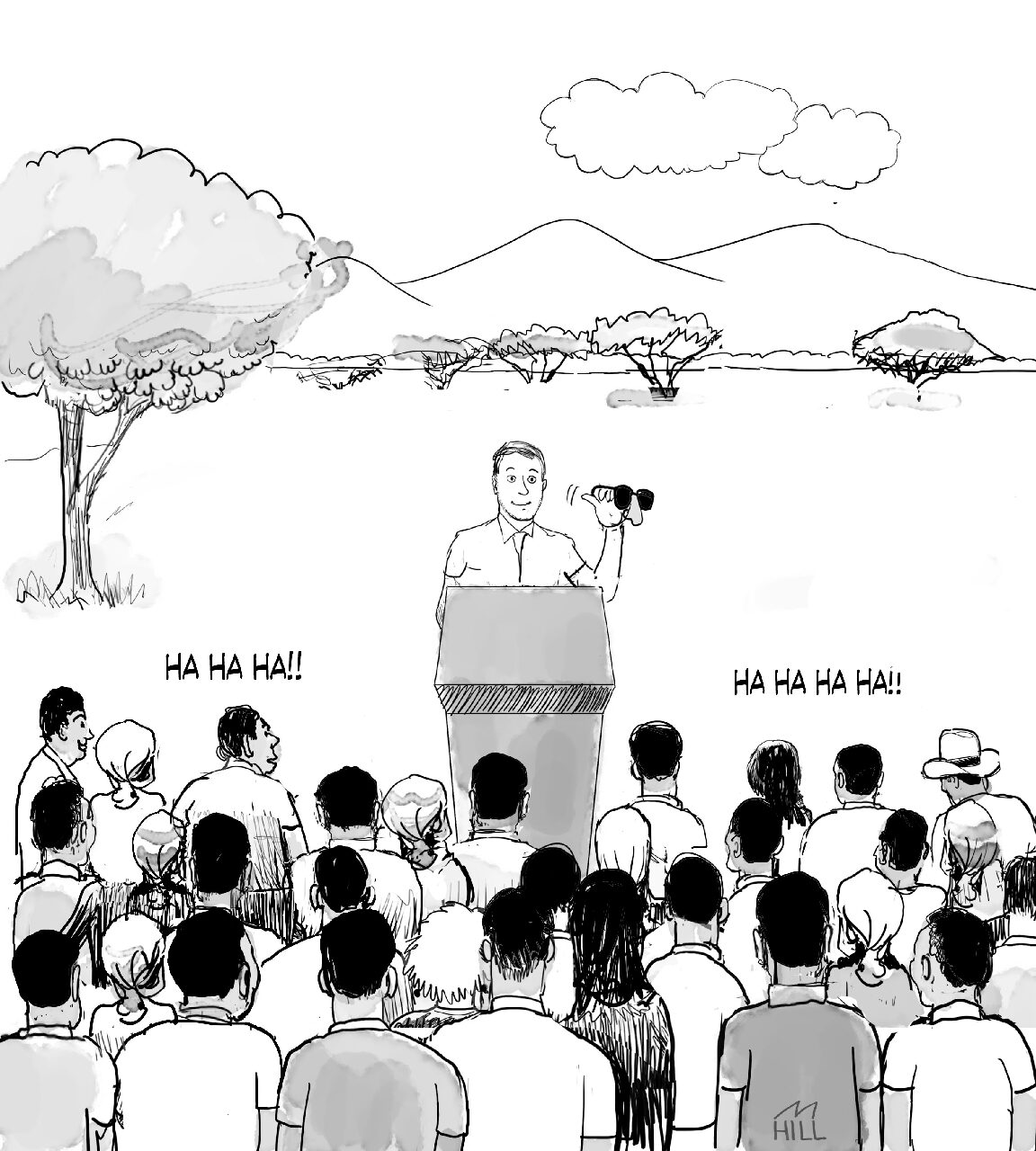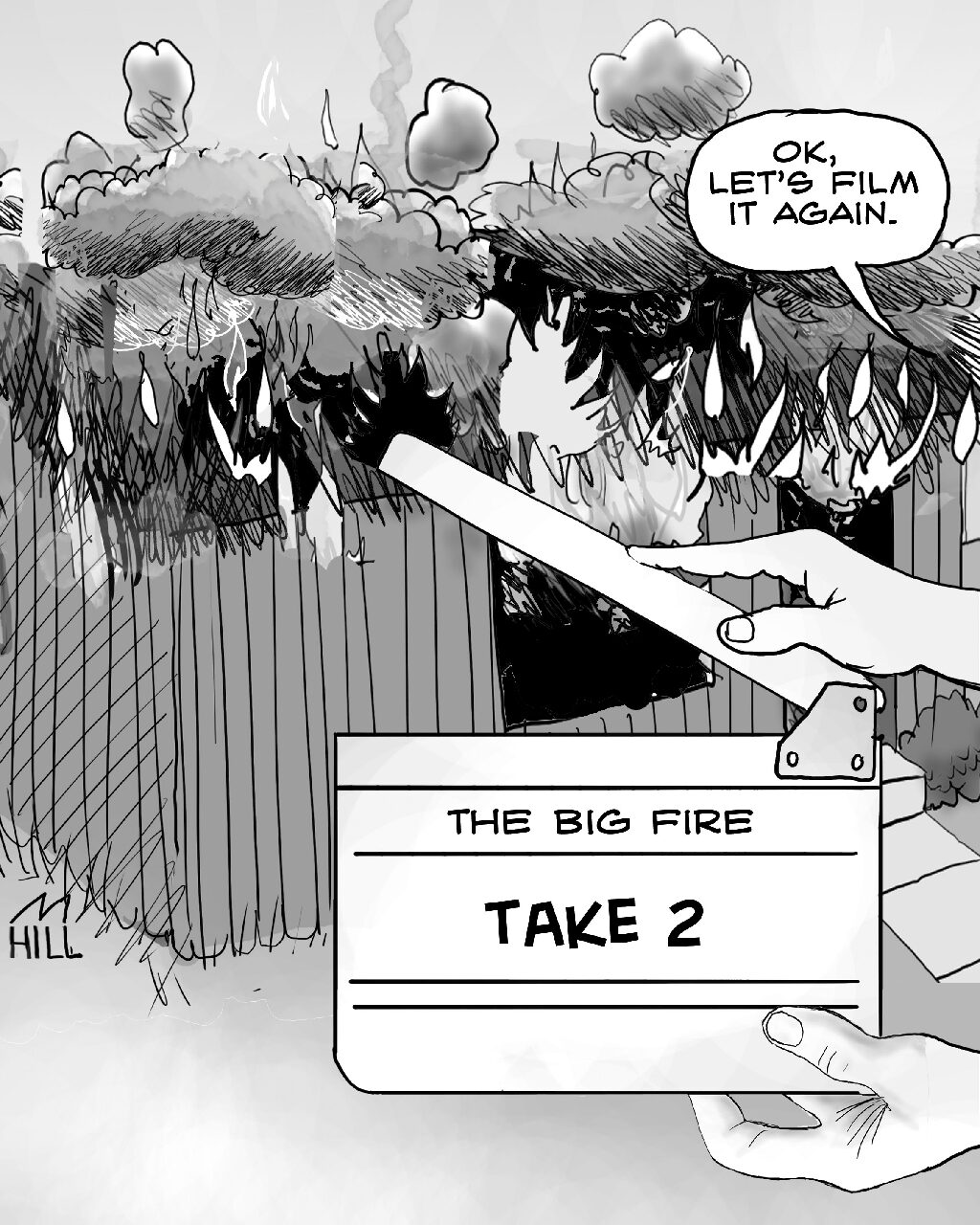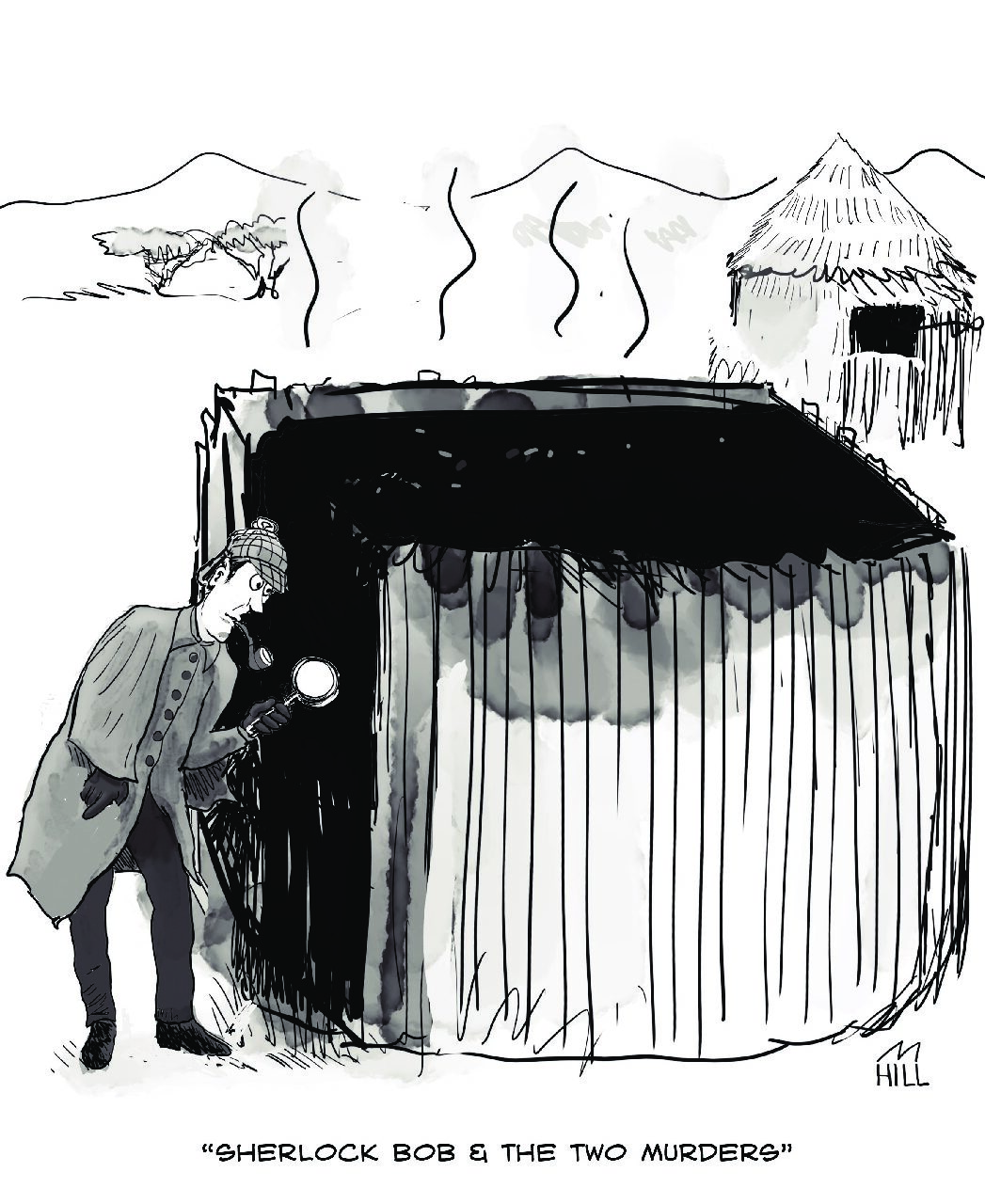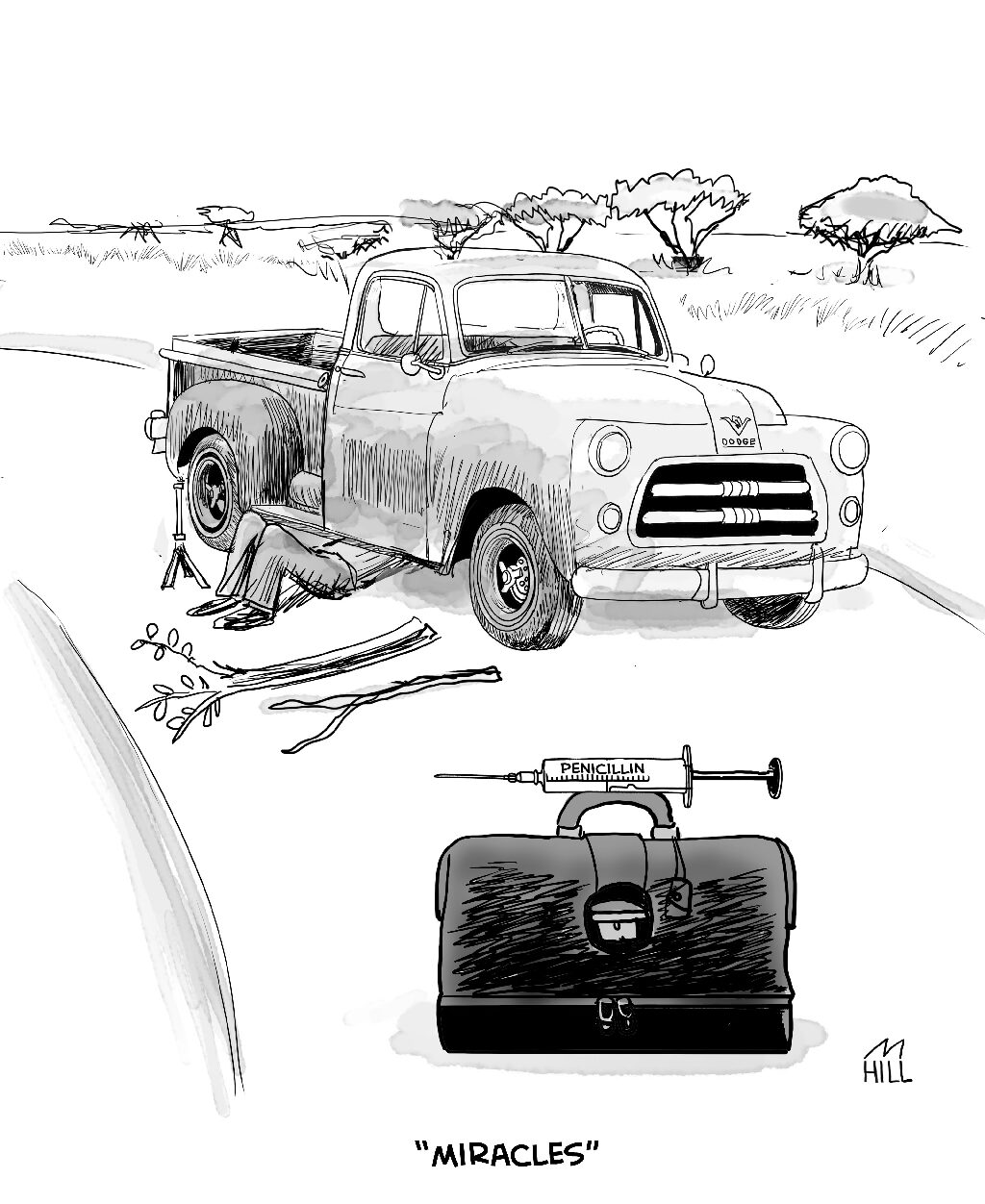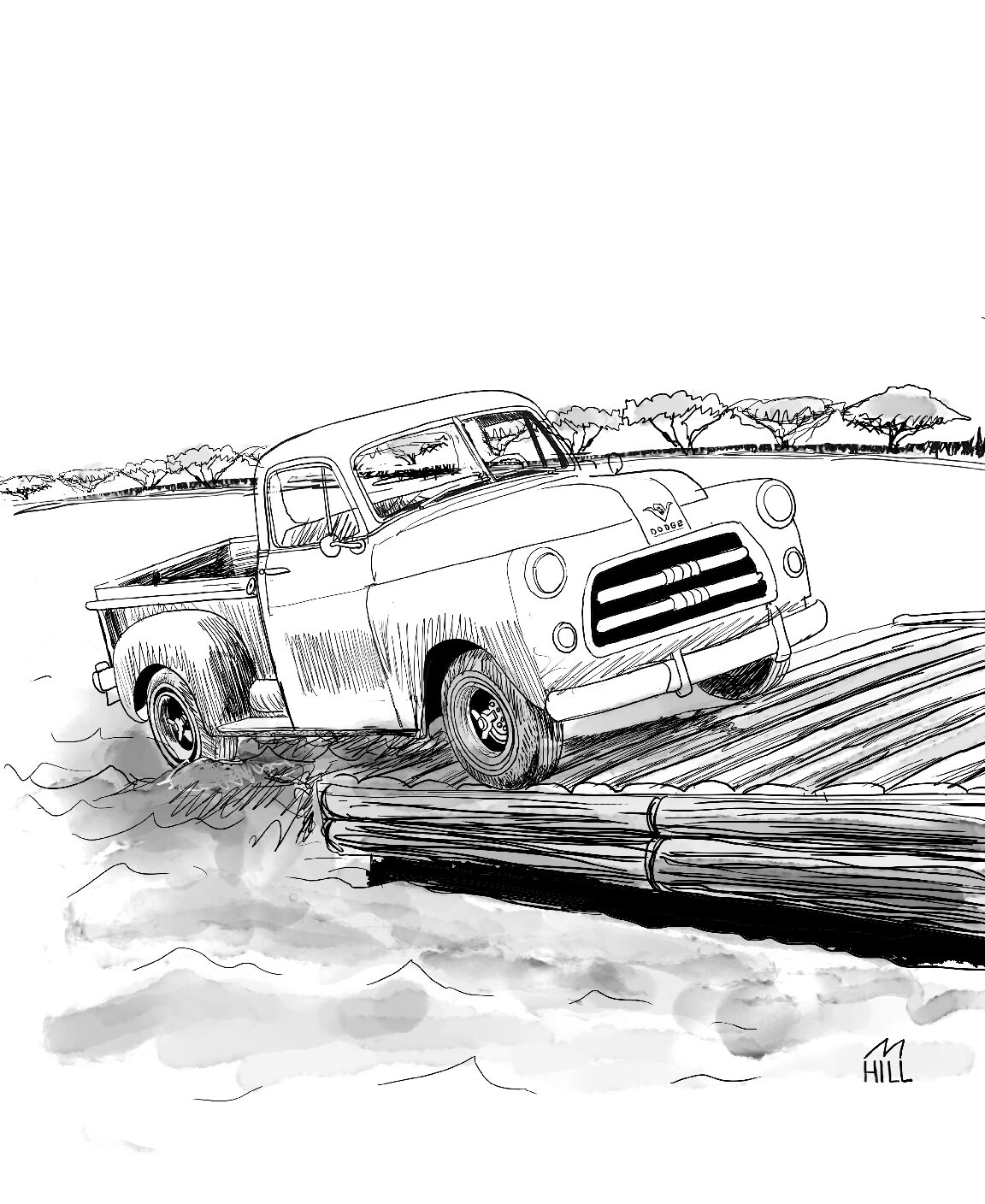“The Belgian Official”
It was to be a national holiday celebration but the announcement about a Belgian official’s visit for the occasion came as a surprise to everyone in the large Nyankunde community which is situated in a fertile plain at the edge of the tropical Congolese jungle. The medical director of the hospital, lovingly known to everyone as Doctor Bob, was a highly regarded physician. Trained at the University of Toronto, he was respected by foreign professionals, locally trained staff and Congolese nationals as well as the Belgian colonizers.
To the East of the hospital were the busy elementary and high schools and to the West sat the feared Belgian military compound representing the authority of the dictatorial Belgian colonial government. Scattered around were villages with traditional Congolese huts, gardens and markets. All these were intricately linked and depended on each other for services, safety, hydroelectric power and civic cohesiveness. This was all in a thriving but remote corner in the most beautiful part of a remarkably green country. With a perfect climate, the rains and the sunshine ensured that gardens and fruit trees grew with vigor. Locals loved to say that, “if you put a stick in the ground, it will grow”.
Word quickly got around that a high-ranking Belgian official was arriving in two weeks for the National Holiday and to inspect the hospital and the schools. The visit was anticipated with considerable anxiety, but the community dealt with this by mobilizing everyone into making enthusiastic preparations hoping to make a strong impression on the visitor.
The elementary school teachers and parents designed costumes for their young dancers. Others were planning to wash and iron their blue and white uniforms. High schoolers began working on dances and complicated Congolese choreographies. They consulted with the elders to ensure that the national costumes would continue tribal customs. Drummers were appointed to accompany each group and traditional songs were rehearsed so they would be sung flawlessly.
Hospital staff organized the order of the parade. With the young children and drummers leading the way, the high school students would follow. Next would come the hospital staff with crisp white medical gowns, accompanied by musicians and drummers. Townspeople in flashing colors would end the long column.
Two weeks passed in a flurry of excitement and preparations. Finally, the great day arrived. Every class stood in their places, each knowing their routine. Everyone was chattering, looking forward, with keen anticipation and fear, to the arrival of the vaunted Belgian official.
And then the open Mercedes limousine arrived. It proceeded slowly past the waiting crowd. The high official, dressed in full military uniform with colorful insignia, ribbons and decorations to display his position of imperial power, and wearing dark glasses, waved with great dignity to the waiting parade participants. The car came to a regal stop in front of the raised dais. The chauffeur, with military precision, stepped out, with rigid formality he opened the door for the official. He saluted briskly and the official slowly stepped out, returned the salute, turned to greet the crowd with a royal wave and proceeded to his place on the platform. The parade began.
The beating of drums and the voices of the first- grade children echoed across the parade square. The children sang and danced with exuberance. The second graders came by and again the official saluted.
On and on came each class in its glorious color and with its carefully crafted dances, hoping they would please their intimidating guest.
It was all a brilliant success. With a final salute the crowd surged forward to stand in front of the podium, hoping for words of approval. Slowly, wordlessly, the official gazed at the crowd and then, very carefully took off his military cap and placed it on the table beside him. The crowd became curious and quiet. He took off his fine jacket with its ribbons and medals and deliberately, slowly, put it down beside the cap. The crowd was now puzzled and became very silent. He took off his dark glasses and the attached artificial nose.
Suddenly everyone recognized their beloved Doctor Bob and laughter and cheering erupted, loud sustained clapping continued until, finally, still laughing, the crowd began to disperse to prepare for the national holiday feast. The day had now turned from a time of anxiety into a triumphal event.
The villagers put a large pig on a spit over a charcoal fire. Drumming and dancing around the fire began and everyone joined in with enthusiasm. Kettles of beans, of vegetables and an endless variety of wild meats were set up and everyone happily joined the feast. The pig was cut, and slices were passed around to students, staff, and local families. Everyone was enthusiastically jubilant. Hour after hour the partying went on until the children fell asleep and everyone, exhausted, was ready to make the end of a wonderful day.
Doctor Bob returned the uniform to the military base.
It was a memorable event, and the story has been told over and over through the years until it became part of local legend.

